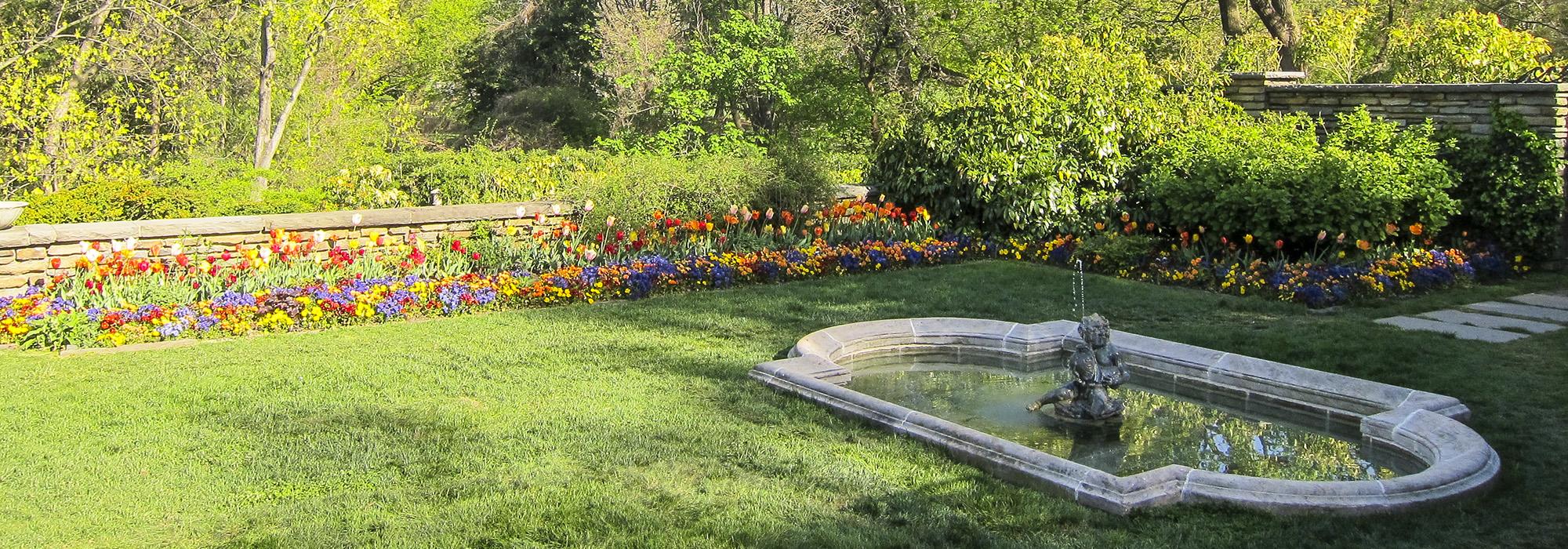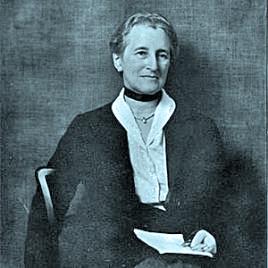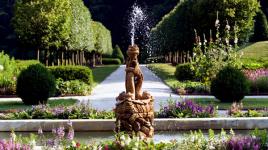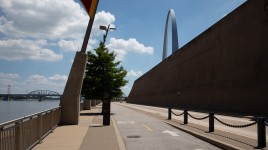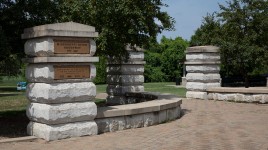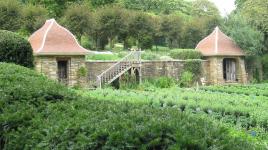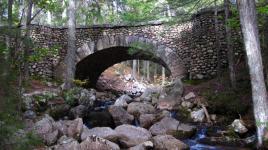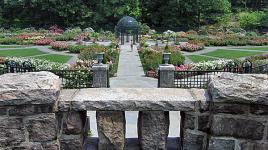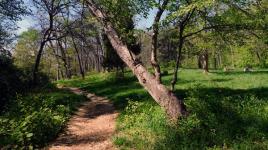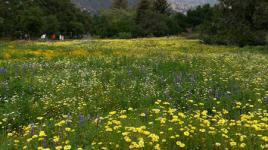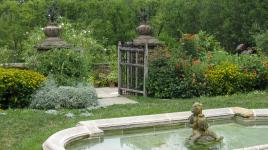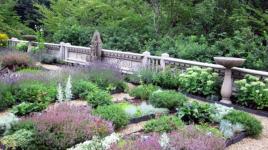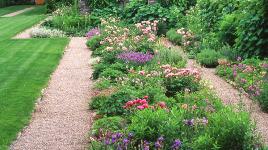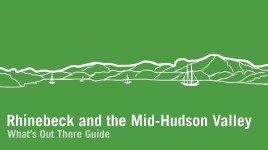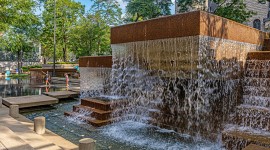Pioneer Information
The only founding woman member of the American Society of Landscape Architects in 1899, Farrand was born in New York City and studied horticulture and garden design under the tutelage of Charles Sprague Sargent, director of the Arnold Arboretum. Through her New York social connections, she received major estate commissions and quickly developed a reputation for her elegant, restrained style and rich architectural detail. Her thoroughness of approach and attention to detail was appreciated by such exacting clients as Abby Aldrich Rockefeller, whose garden at Seal Harbor, Maine, Farrand designed, and Mildred and Robert Woods Bliss, with whom she collaborated for 26 years on Dumbarton Oaks in Washington, D.C. Dumbarton Oaks remains her finest surviving work. Farrand is also recognized for her campus work, including Princeton and Yale.



